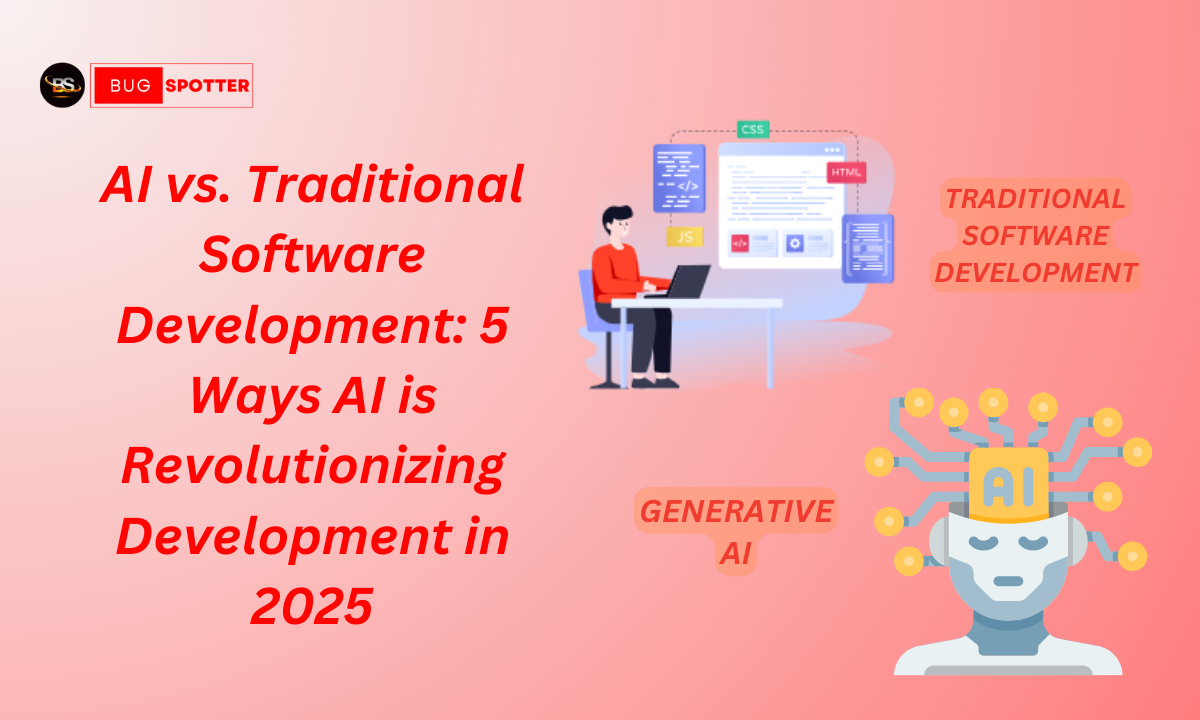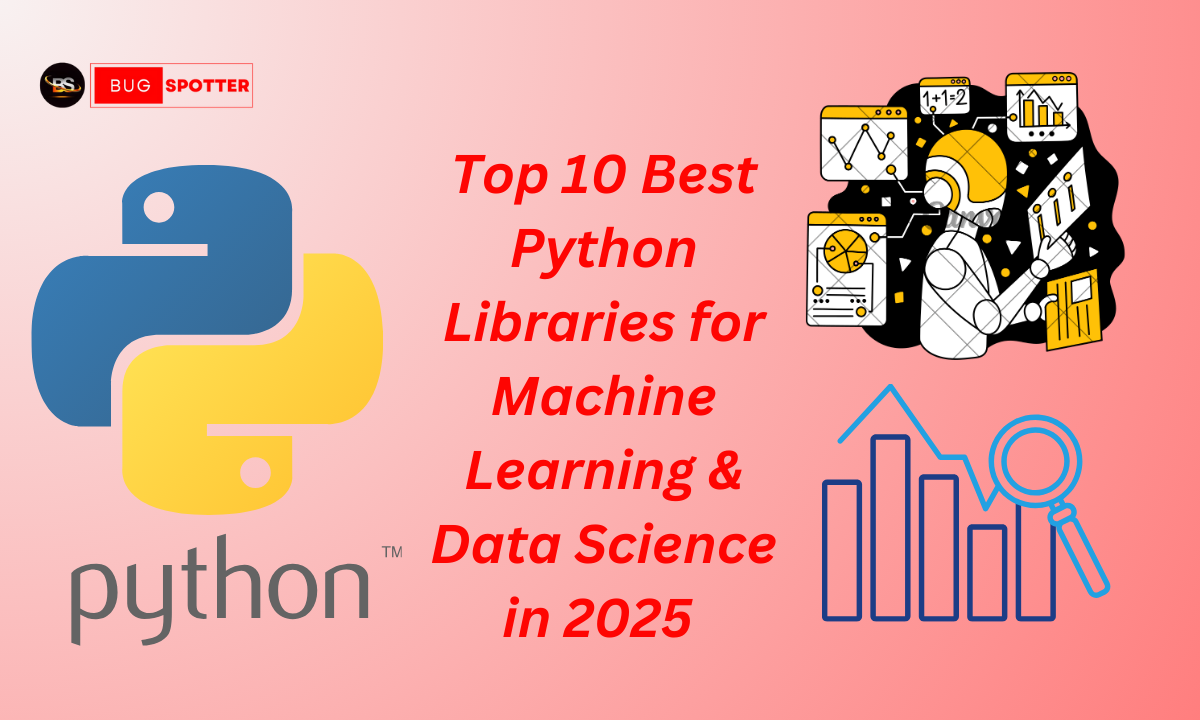Data Analytics Skills 2025

What is Data Analytics ?
Data analytics is the process of examining, cleaning, transforming, and modeling data to discover useful information, draw conclusions, and support decision-making. It involves the application of statistical, computational, and analytical techniques to extract insights from data, which can be used to inform business strategies, improve performance, and solve problems.
Skills Required for becoming Data Analyst :
1. SQL (Structured Query Language)
Importance: SQL is crucial for data analysts as it allows them to extract, manipulate, and analyze data from relational databases. Understanding SQL is essential for handling large datasets stored in databases like MySQL, PostgreSQL, or SQL Server.
- Key Concepts:
- SELECT Statements: Extract data from tables based on specific conditions.
- Joins: Combine data from multiple tables (INNER JOIN, LEFT JOIN, etc.).
- Aggregation: Group data using functions like
COUNT(),SUM(),AVG(), andGROUP BY. - Filtering: Use
WHEREandHAVINGclauses to filter results. - Subqueries: Embed queries within queries to filter or aggregate data.
- Data Manipulation: Use
INSERT,UPDATE, andDELETEto modify database content.
Why It’s Important: SQL allows you to query databases directly, making it a foundational skill for working with structured data.
2. Excel
Importance: Excel is still one of the most widely used tools for data analysis, especially in businesses and smaller datasets. Advanced Excel skills are essential for performing quick data analysis, creating reports, and visualizing data.
- Features:
- Pivot Tables: Summarize large datasets dynamically by dragging and dropping fields.
- VLOOKUP & HLOOKUP: Look up data across rows or columns.
- Formulas and Functions: Master key formulas like
SUM(),AVERAGE(),IF(),COUNTIF(), and logical functions. - Conditional Formatting: Highlight specific data points based on conditions.
- Charts and Graphs: Create visuals to represent trends or insights from the data.
- Data Validation: Ensure data consistency and accuracy by setting rules for input.
- Why It’s Important: Excel is highly versatile for both basic and complex analysis tasks, widely used for business reporting and smaller datasets.
3. Python / R
Importance: Python and R are programming languages heavily used in data analytics, providing powerful tools for manipulating, analyzing, and visualizing data. Both languages have libraries specifically designed for data science tasks.
Python:
- Pandas: Data manipulation and analysis, working with DataFrames.
- NumPy: Numerical computing for handling arrays and matrices.
- Matplotlib / Seaborn: Libraries for data visualization; Matplotlib is used for static, animated, and interactive visualizations, while Seaborn is built on top of Matplotlib and provides a high-level interface for drawing attractive statistical graphics.
- SciPy: Used for scientific and technical computing, including optimization and statistical tests.
- Scikit-learn: A library for machine learning that includes algorithms for classification, regression, clustering, and more.
R:
- dplyr / tidyr: Libraries used for data manipulation and cleaning (data wrangling).
- ggplot2: A powerful library for creating high-quality data visualizations.
- caret: A comprehensive framework for building machine learning models.
- Shiny: For building interactive web applications for data visualization.
- Why They’re Important: These languages provide the flexibility and power to manipulate complex datasets, apply advanced analytics, and create customized visualizations.
4. Data Visualization Tools
Importance: Visualization is key to communicating insights from data in an understandable and actionable way. These tools help create interactive dashboards and compelling charts that allow stakeholders to easily interpret data.
Tableau:
- Features: Drag-and-drop interface, interactive dashboards, and a wide range of visualization types (bar charts, line charts, maps, heatmaps).
- Why It’s Important: Tableau allows you to create sophisticated visualizations without needing coding skills, making it a go-to for business intelligence teams.
Power BI:
- Features: Similar to Tableau, Power BI allows users to create visual reports and dashboards from data sources. It integrates well with other Microsoft tools like Excel and Azure.
- Why It’s Important: Power BI is an excellent tool for users familiar with Microsoft products and is increasingly used by businesses for data-driven decision-making.
Python Visualization Libraries (Matplotlib / Seaborn):
- Features: With Matplotlib, you can create static, interactive, and animated plots. Seaborn provides a higher-level interface for statistical plotting.
- Why It’s Important: Python’s visualization libraries are highly customizable and great for deep insights and advanced analysis.
- Why Visualization is Important: Data visualization tools allow you to quickly identify patterns, trends, and outliers, turning raw data into comprehensible insights that can influence decisions.
5. Machine Learning (Optional)
Importance: Machine learning allows data analysts to build models that can predict future outcomes, classify data, or find hidden patterns in large datasets. While not always necessary for entry-level roles, knowledge of machine learning techniques is useful for advanced analysis.
Key Concepts:
- Supervised Learning: Use labeled data to train models (e.g., regression, classification).
- Unsupervised Learning: Find hidden patterns in data without labeled outcomes (e.g., clustering, anomaly detection).
- Regression Models: Predict continuous outcomes (e.g., linear regression).
- Classification Models: Predict categorical outcomes (e.g., decision trees, support vector machines).
- Clustering: Group similar data points together (e.g., k-means clustering).
- Why It’s Important: Basic knowledge of machine learning can elevate a data analyst’s capabilities by enabling predictive analytics, which is highly valued in industries like finance, healthcare, and marketing.
6.Presentation Skills
1.Data Storytelling:
- Contextualize the Data: Start by explaining the business problem, followed by your analysis, and the methods used.
- Narrative Flow: Structure your presentation logically—begin with the problem, then insights, and end with actionable recommendations.
2.Visualizations:
- Effective Charts/Graphs: Use clear and relevant visuals (e.g., line charts for trends, bar charts for comparisons).
- MATLAB Visualization: Create advanced 3D plots, surface plots, or interactive graphs in MATLAB.
- Choosing Visualization Types: Select the right chart for the data (e.g., use scatter plots for correlations).
3.Simplifying Complex Data:
- Focus on Key Insights: Highlight the most important findings.
- Clear Labels: Ensure all graphs and tables are well-labeled with annotations for clarity.
4.Clear Communication:
- Avoid Jargon: Use simple language when presenting to non-technical stakeholders.
- Tailor to the Audience: Adjust the level of detail depending on the audience (e.g., senior managers vs. technical teams).
5.Interactive Dashboards:
- Tools like Power BI/Tableau: Use interactive dashboards for dynamic presentations, allowing stakeholders to explore data.
- MATLAB: Create interactive applications or deploy dashboards for stakeholders to explore on their own.
6.Practice and Confidence:
- Rehearse: Practice in front of a mirror or with colleagues to build confidence.
- Engage the Audience: Encourage questions and feedback to ensure engagement and understanding.
7. MATLAB (Matrix Laboratory)
Importance: MATLAB is a high-performance language used for numerical computing, simulations, and data analysis. It’s widely used in fields like engineering, finance, and research for matrix manipulation, statistical analysis, and algorithm development.
Key Features:
- Data Manipulation: Excellent for working with matrices and arrays, essential for large datasets in scientific analysis.
- Data Visualization: Built-in tools for 2D/3D plots, histograms, surface plots, etc.
- Mathematical Operations: Strong in matrix algebra, linear algebra, calculus, and optimization.
- Toolboxes: Specialized toolboxes for signal processing, image processing, machine learning, and statistics.
- Simulations & Modeling: Often used for simulations, especially in engineering and scientific fields.
Why It’s Important:
- Numerical Analysis: Essential for industries requiring deep mathematical computations, such as engineering, research, and advanced data science.
- Complex Data Handling: Ideal for solving intricate mathematical problems and simulating systems (e.g., control systems, financial modeling).
Key Skills to Master:
- Basic Syntax: Master matrix manipulation, arrays, and basic operations.
- Plotting/Visualization: Use functions to plot data effectively.
- Simulations: Run simulations to model systems or data processes.
- Advanced Analytics: Apply statistical and machine learning techniques using MATLAB toolboxes.
- Algorithm Development: Use MATLAB for developing and testing custom algorithms for complex problems.
Critical Thinking for Data Analysts
Importance: Critical thinking is crucial for analyzing data objectively, identifying patterns, and making informed decisions. It involves questioning assumptions, recognizing biases, and evaluating the validity of data.
Skills:
- Problem-Solving: Approach data challenges by breaking down problems into smaller, manageable parts.
- Questioning Assumptions: Challenge preconceived notions and validate your assumptions using data.
- Logical Reasoning: Use logical steps to analyze data, draw conclusions, and make predictions.
- Data Interpretation: Analyze data from multiple angles, considering all factors before drawing conclusions.
FAQ's
1. What is a data analyst?
- Answer: A data analyst is a professional who collects, processes, and analyzes data to help organizations make informed decisions. They use various tools and techniques to interpret data and provide actionable insights.
2. What skills do I need to become a data analyst?
- Answer: Key skills include proficiency in SQL, Excel, Python/R, data visualization tools (like Tableau or Power BI), statistical analysis, and critical thinking. Knowledge of MATLAB and machine learning is also beneficial.
3. Do I need a degree to become a data analyst?
- Answer: While a degree in fields like Statistics, Mathematics, Computer Science, or Business Analytics is helpful, it is not strictly required. Many data analysts build skills through online courses, certifications, and hands-on practice.
4. Which tools and software are commonly used by data analysts?
- Answer: Common tools include SQL (for database querying), Excel (for basic analysis), Python (for data manipulation and analysis), R (for statistical analysis), and data visualization tools like Tableau and Power BI.
5. How can I practice data analysis without professional experience?
- Answer: You can practice by working on open datasets available online, participating in Kaggle competitions, creating personal projects, and using online platforms for hands-on learning. This will help you build a portfolio of work.
6. What industries hire data analysts?
- Answer: Data analysts are needed in various industries, including finance, healthcare, marketing, e-commerce, government, and technology. Almost every industry relies on data-driven decision-making.
7. How does a data analyst differ from a data scientist?
- Answer: While both roles involve working with data, data analysts focus more on interpreting and visualizing data to inform decisions, while data scientists often build predictive models and work with larger, more complex datasets using machine learning and advanced programming techniques.
8. What is the career growth potential for data analysts?
- Answer: Data analysts can advance to roles such as Senior Data Analyst, Data Scientist, Data Engineer, or even Chief Data Officer (CDO). Gaining expertise in specialized areas like machine learning or big data can further enhance career prospects.
Latest Posts
- All Posts
- Software Testing
- Uncategorized
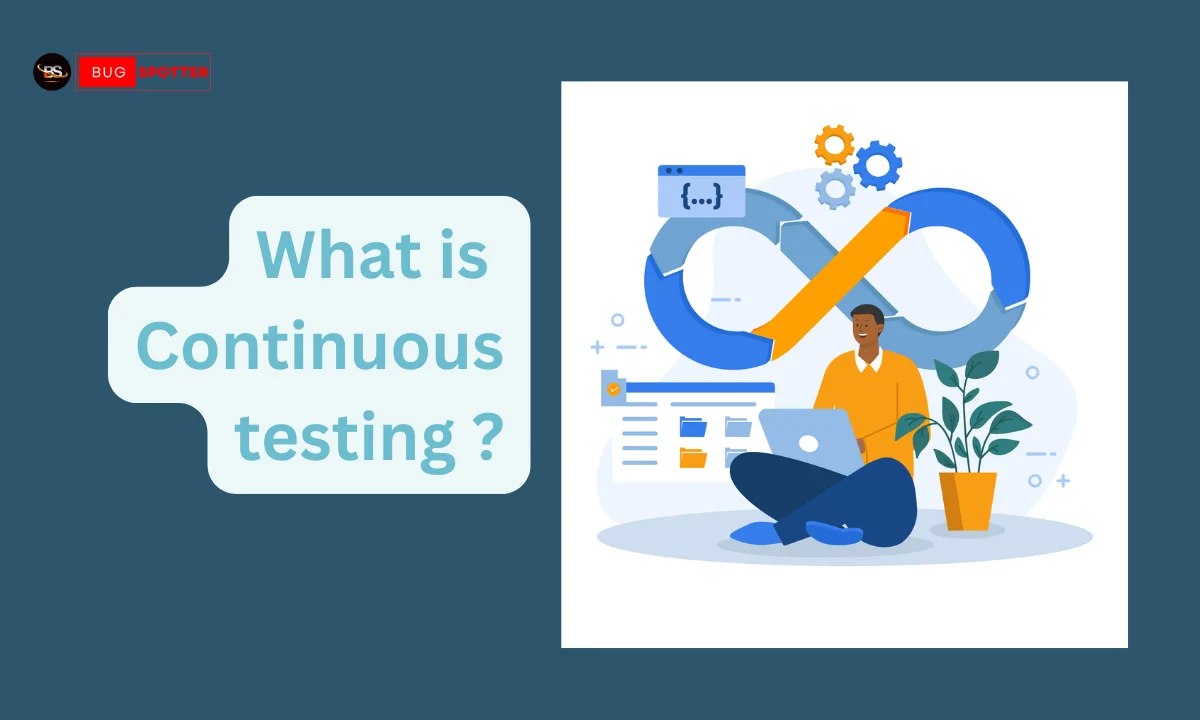


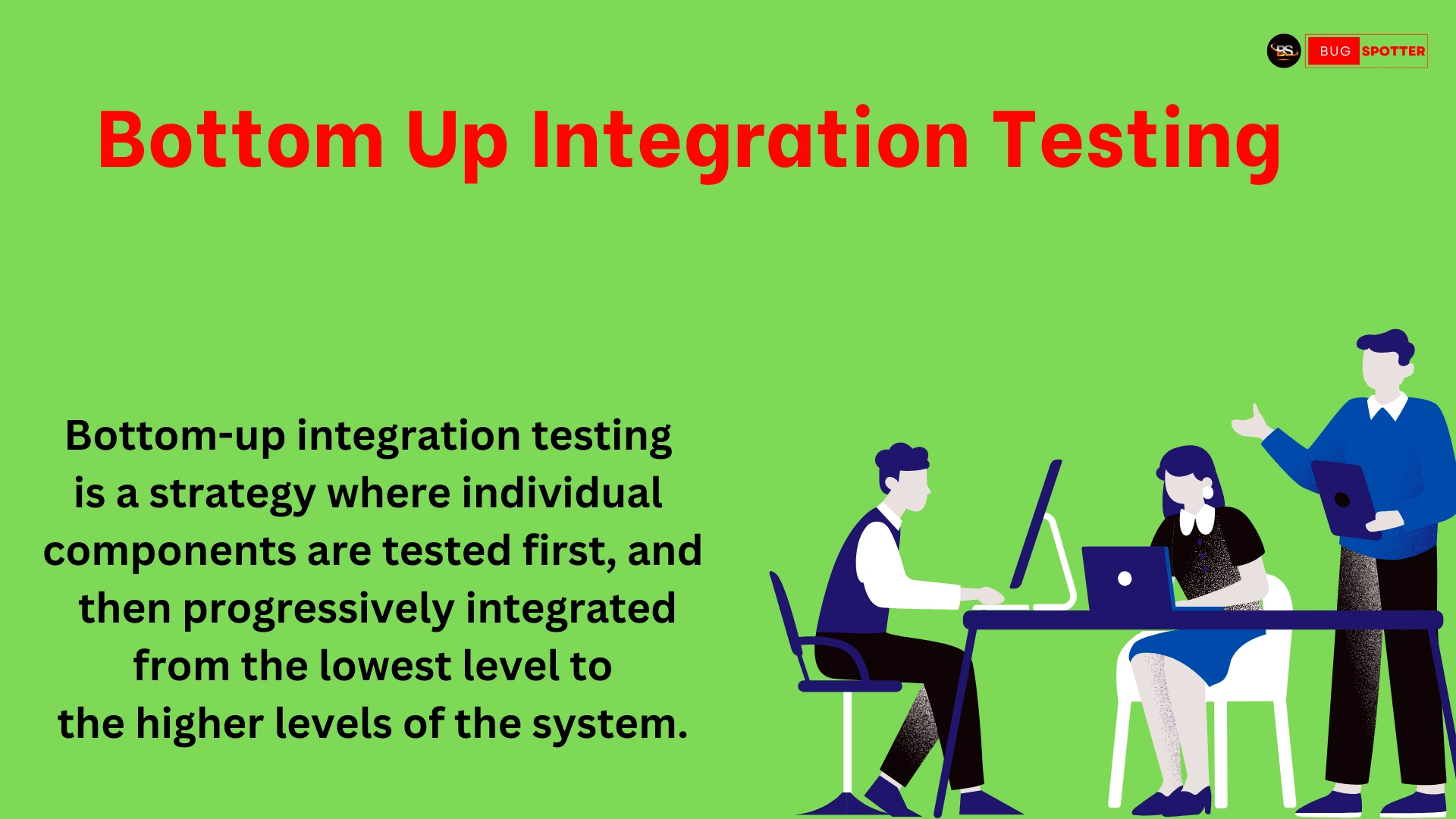
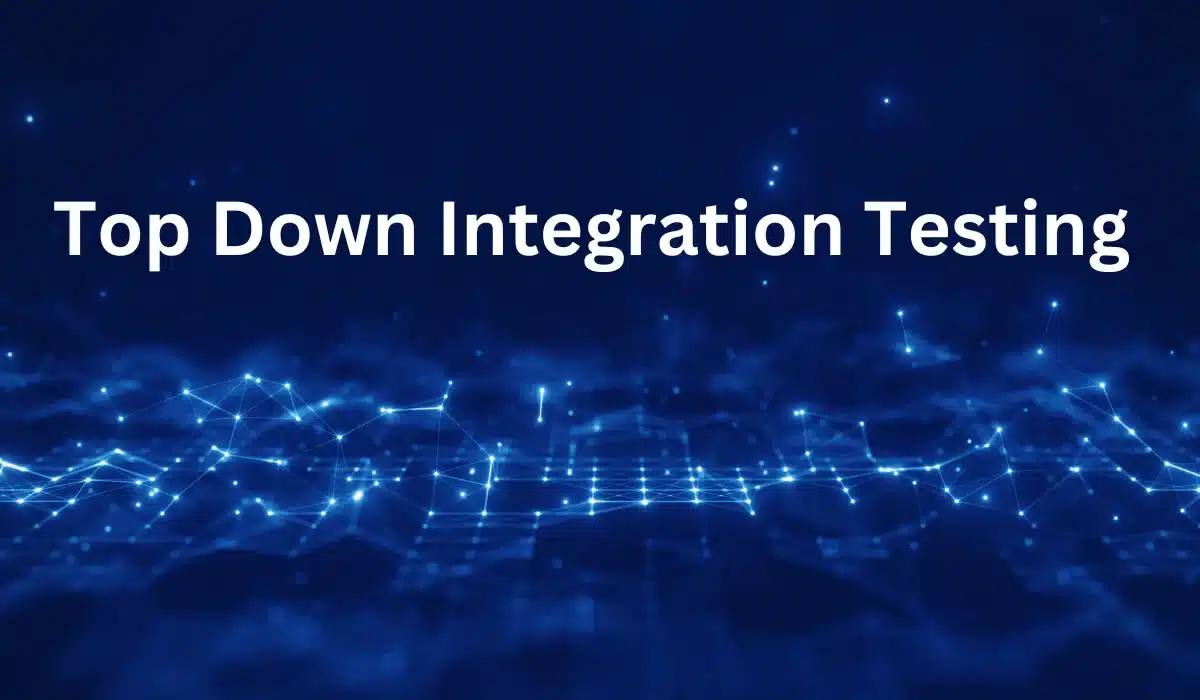
Categories
- Artificial Intelligence (5)
- Best IT Training Institute Pune (9)
- Cloud (2)
- Data Analyst (55)
- Data Analyst Pro (15)
- data engineer (18)
- Data Science (104)
- Data Science Pro (20)
- Data Science Questions (6)
- Digital Marketing (4)
- Full Stack Development (7)
- Hiring News (41)
- HR (3)
- Jobs (3)
- News (1)
- Placements (2)
- SAM (4)
- Software Testing (70)
- Software Testing Pro (8)
- Uncategorized (33)
- Update (33)
Tags
- Artificial Intelligence (5)
- Best IT Training Institute Pune (9)
- Cloud (2)
- Data Analyst (55)
- Data Analyst Pro (15)
- data engineer (18)
- Data Science (104)
- Data Science Pro (20)
- Data Science Questions (6)
- Digital Marketing (4)
- Full Stack Development (7)
- Hiring News (41)
- HR (3)
- Jobs (3)
- News (1)
- Placements (2)
- SAM (4)
- Software Testing (70)
- Software Testing Pro (8)
- Uncategorized (33)
- Update (33)



